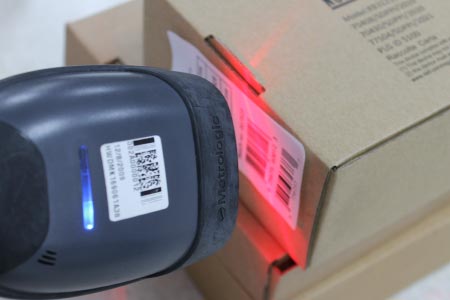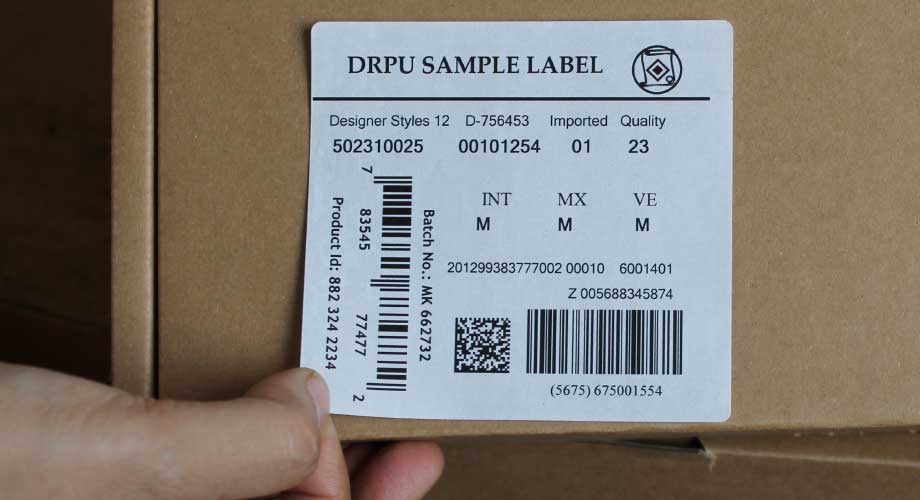Uses Of Automation Barcode Application
These barcodes are typically applied to the products or
components at the beginning of the process, and then scanned at various points throughout the
automation process to track their progress and ensure that they are properly processed.
They are typically
used with various types of automated systems, such as conveyor systems, robotic systems, and
sorting systems. Automation barcodes may be affixed to products, containers, or pallets, and can
be read by scanners or cameras integrated into the automated systems.
➽ Examples
Automated systems that may use barcodes include automated storage and
retrieval systems (AS/RS), pick and place systems, automated guided vehicles (AGVs), and robotic
assembly lines. The use of automation barcodes in these systems can help to improve accuracy,
efficiency, and productivity, as well as reduce the risk of errors and delays.

In industrial automation, barcode systems can be used for a variety of
purposes, such as:
-
Inventory management:
Barcode labels can be used to track inventory levels and ensure that
automated systems are properly stocked with the necessary materials.
-
Quality control:
Barcode labels can be used to track products as they move through
the automation process, ensuring that they meet quality standards and are properly
assembled.
-
Traceability:
Barcode labels can be used to track the history of a product, including where it was
manufactured, the materials used to make it, and any changes that were made to it
during the automation process.
-
Maintenance:
Barcode labels can be used to track the maintenance history of automated equipment,
ensuring that it is properly serviced and in good working condition.


